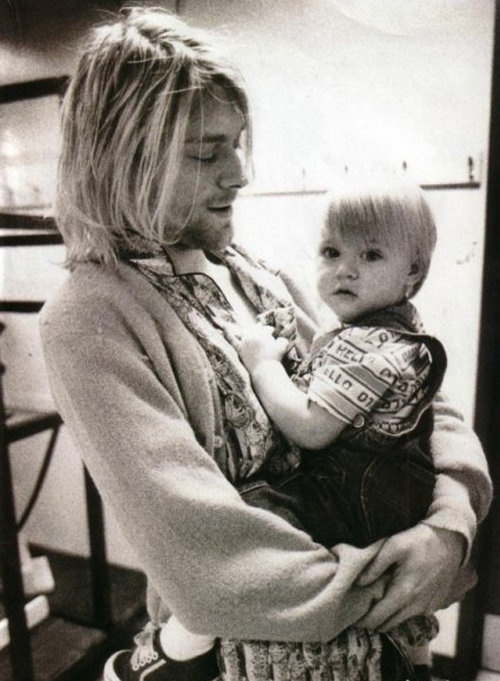MULL OF KINTRYE
“Mull of Kintyre, oh mist rolling in from the sea
My desire is always to be here
Oh Mull of Kintyre
Far have I traveled and much have I seen
Darkest of mountains with valleys of green
Past painted deserts the sun sets on fire
As he carries me home to the Mull of Kintyre
Mull of Kintyre, oh mist rolling in from the sea
My desire is always to be here
Oh Mull of Kintyre
Sweep through the heather like deer in the glen
Carry me back to the days I knew then
Nights when we sang like a heavenly choir
Of the life and the times of the Mull of Kintyre
Mull of Kintyre, oh mist rolling in from the sea
My desire is always to be here
Oh Mull of Kintyre
Smiles in the sunshine and tears in the rain
Still take me back where my memories remain
Flickering embers go higher and higher
As they carry me back to the Mull of Kintyre
Mull of Kintyre, oh mist rolling in from the sea
My desire is always to be here
Oh Mull of Kintyre
Mull of Kintyre, oh mist rolling in from the sea
My desire is always to be here
Oh Mull of Kintyre”
 45 Single front cover artwork inspired by Magritte
45 Single front cover artwork inspired by Magritte
Mull of Kintyre is a song by Paul McCartney and Wings, written by Paul McCartney and Denny Laine. The song was written in tribute to the picturesque Kintyre peninsula in Scotland, where McCartney has owned High Park Farm since 1966, and its headland, the Mull of Kintyre. The song was Wings’ biggest hit in Britain where it became the 1977 Christmas number one, and was the first single to sell over two million copies nationwide.
McCartney explained how the song came into being:
“ I certainly loved Scotland enough, so I came up with a song about where we were living; an area called Mull of Kintyre. It was a love song really, about how I enjoyed being there and imagining I was travelling away and wanting to get back there”
Mull of Kintyre was recorded in August 1977 in London, during a break in recording the London Town album caused by Linda McCartney‘s advanced pregnancy, which led to the departure of Jimmy McCulloch and Joe English from Wings. Bagpipes from Kintyre’s local Campbeltown Pipe Band were included as a prominent part of the recording.
To listen to this song, please take a gander at The Genealogy of Style‘s Facebook page: https://www.facebook.com/pages/The-Genealogy-of-Style/597542157001228?ref=hl

















































